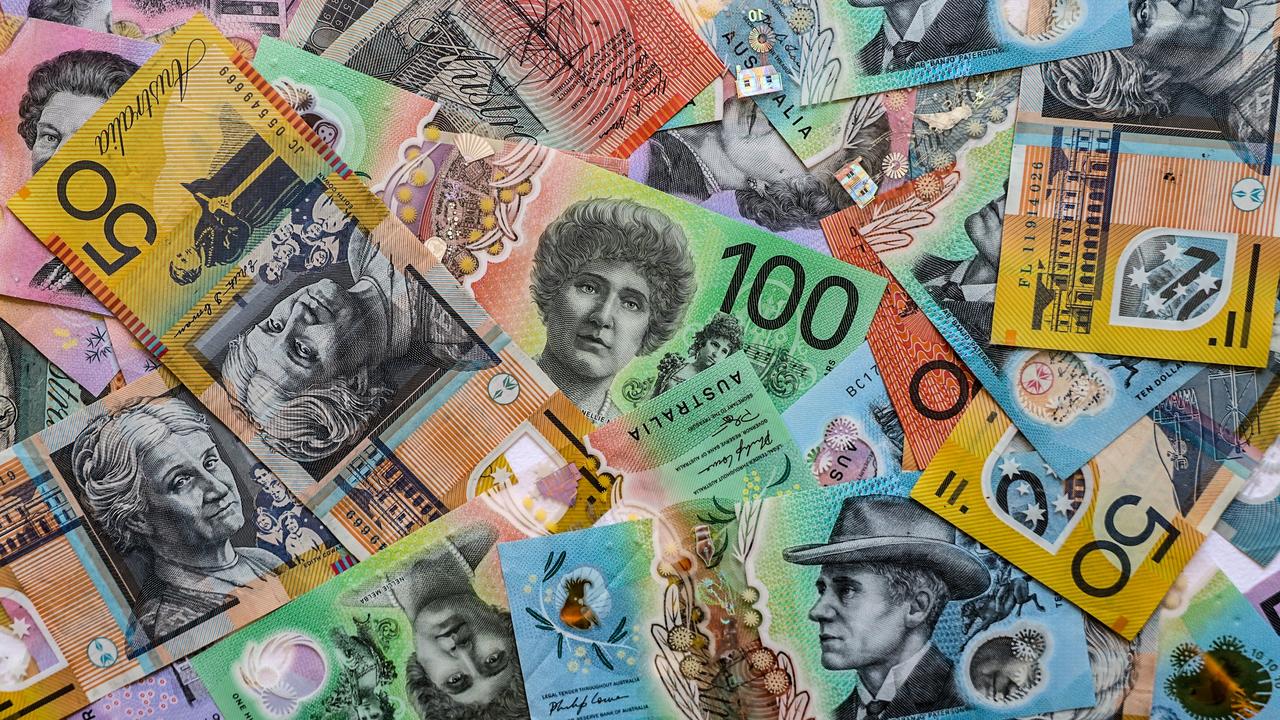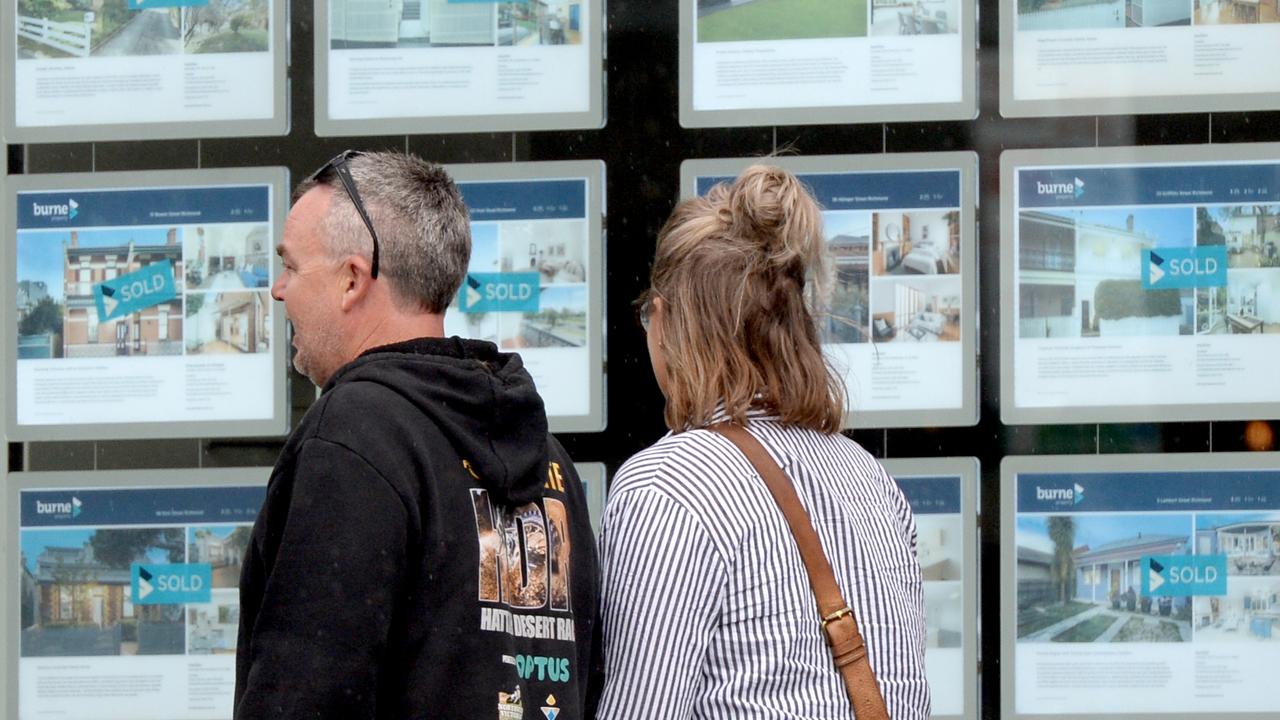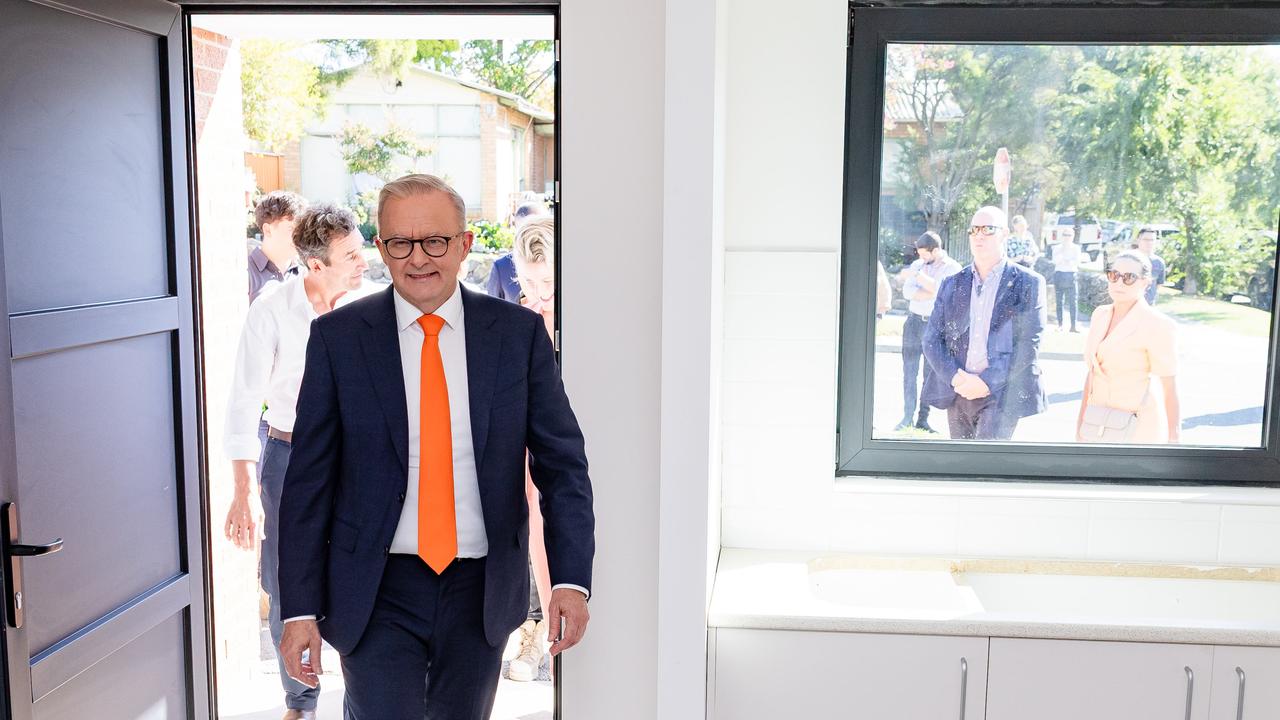Budget bottom line $80bn better than expected, but still in deficit
Australia’s budget is still in deficit but $80bn better than forecast, although the figures do not take into account one major thing.
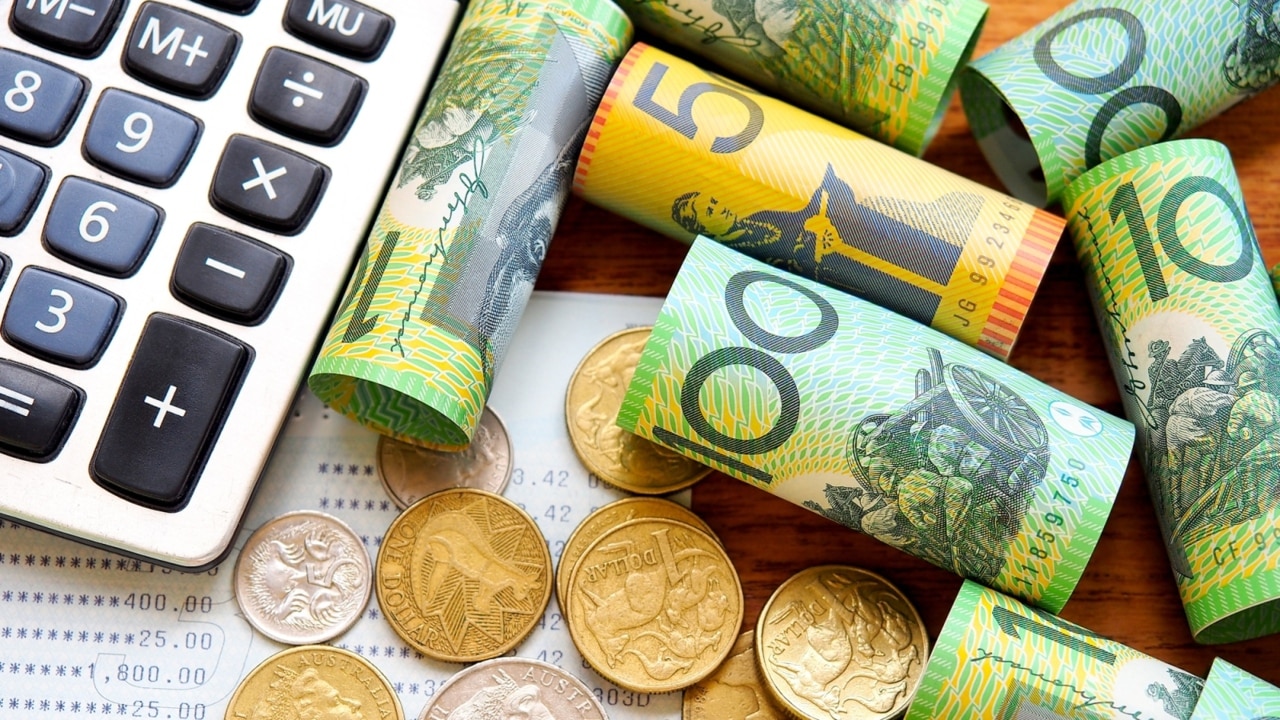
Treasurer Josh Frydenberg is confident Australia’s economy will bounce back as restrictions ease following the budget bottom line turning out $80bn better than expected.
Mr Frydenberg on Thursday handed down the government’s final budget outcome, telling reporters the budget deficit was $134.2bn in the 2020-21 financial year.
The figure is a $27bn improvement on the most recent forecast given in May and $79.5bn better than flagged in October, but Mr Frydenberg conceded the final budget outcome did not take into account the impact the Delta variant has had on the economy.
“We recognise that since this final budget outcome, the economy has been hit by the Delta variant,” he said.
“But with the vaccination rates fast approaching the 70 and 80 per cent targets, restrictions will be eased, and what these numbers confirm is that when restrictions are eased, the Australian economy bounces back.”
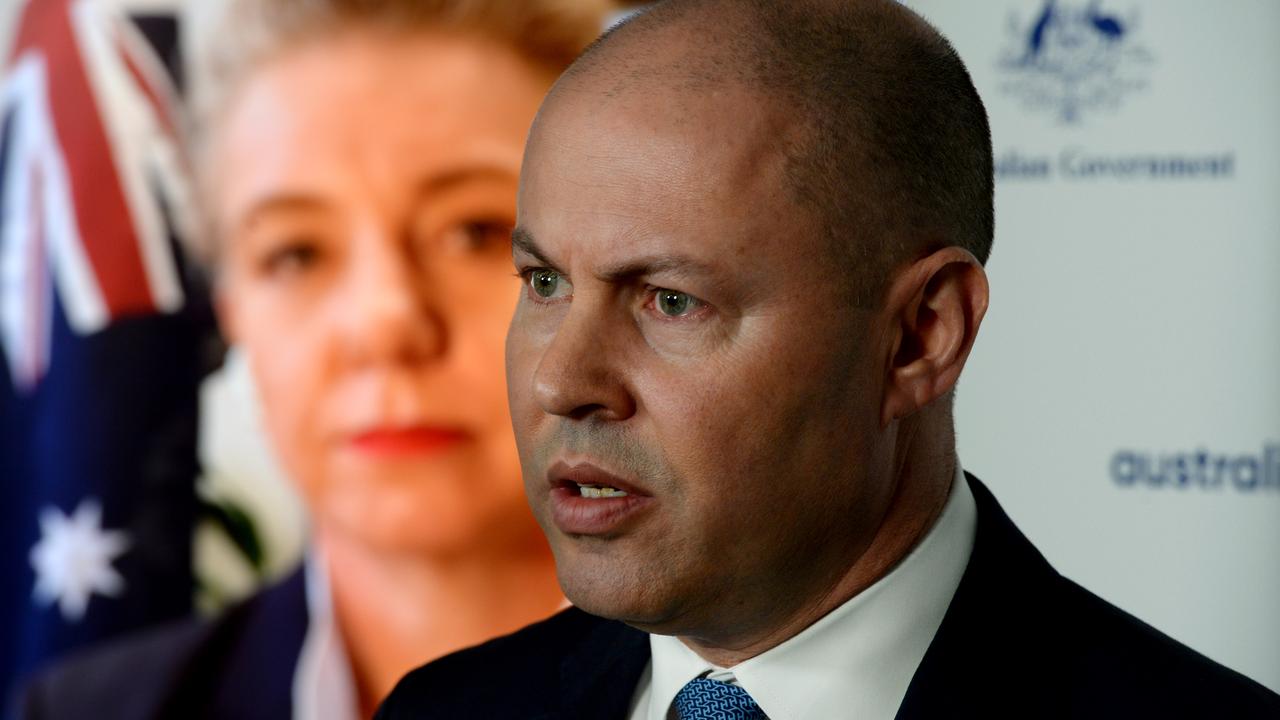
Finance Minister Simon Birmingham acknowledged there would be some pressure on next year’s federal budget.
“These results underscore the reality that the best way for us to continue to secure stronger results for the budget bottom line is to continue to focus on having a stronger economy,” he said.
“These unexpected and unplanned additional (lockdown) payments, obviously, will place some pressure on the current budget.”
Mr Frydenberg credited the improvement in the bottom line to more people being in work and off government support.
“Since May of last year, more than one million new jobs have been created, and the unemployment rate has fallen below 5 per cent for the first time in a decade.”
Net federal debt was $592.2bn - about 28.6 per cent of Australia’s gross domestic product - which was $25.3bn lower than forecast in May.
It comes as the government announced it had reached agreements with NSW, Victoria and the ACT to taper support for businesses in each jurisdiction as vaccination rates approached 80 per cent.
“It is consistent with the announcement that we made yesterday with respect to the Covid-19 Disaster Payment and aligned with the support measures that the government has put in place with the national plan that was agreed at national cabinet,” he said.
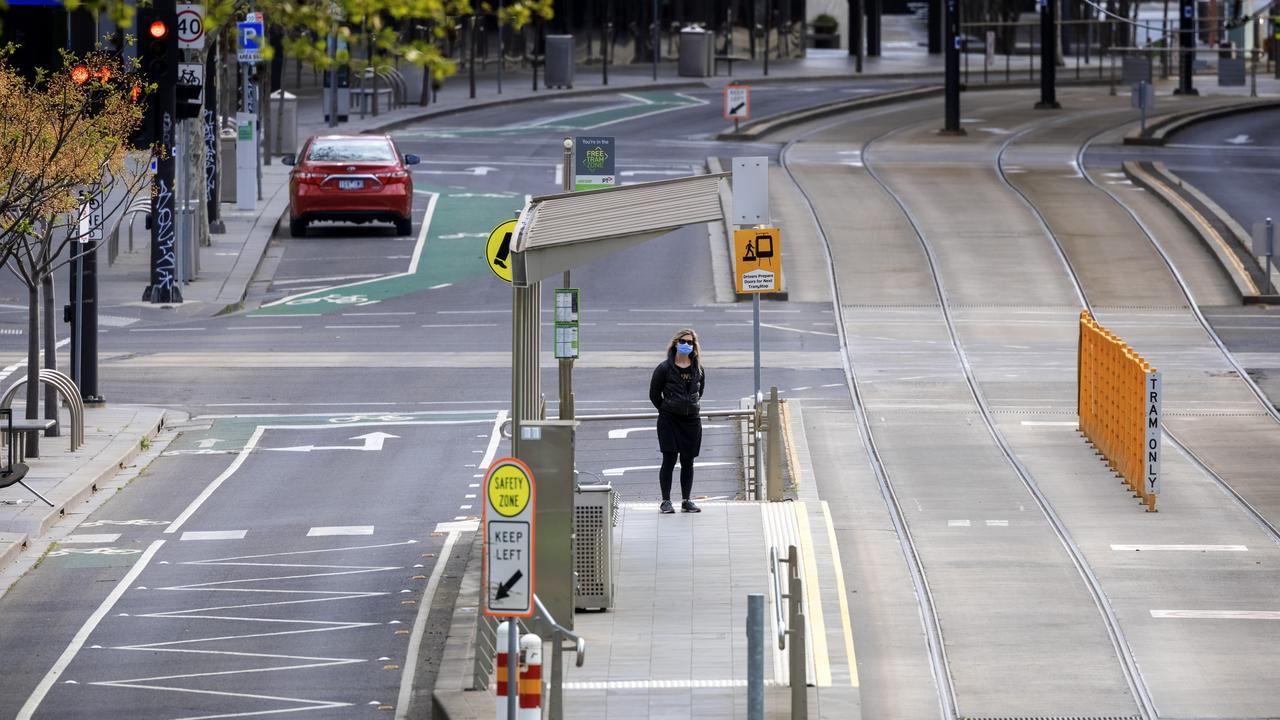
Asked if the government should be ceasing support as case numbers increased, Mr Frydenberg reiterated that restrictions must be lifted in accordance with the national plan.
“Doherty modelling has said that there will need to be cases and indeed, there will continue tragically to be some deaths even as vaccination rates increased from 70 to 80 per cent,” he said.
“But at that time, lockdowns become unlikely and in the event that they are put in place, they are very temporary and very targeted.
“If it is not 80 per cent double dose vaccination rate, we bring to an end the Covid Disaster Payment and business support payment, when is it?
“When is it that the government can stop spending $1.5bn per week on these emergency support measures and when is it that people can get their lives back and the lockdowns can be lifted?”
Read related topics:Josh Frydenberg

